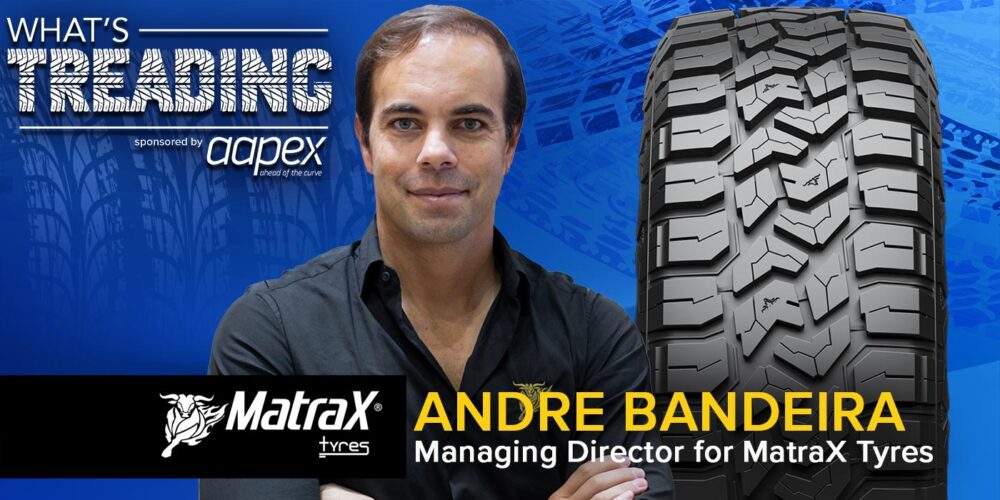When it comes to ensuring a smooth and comfortable ride, proper wheel balancing is crucial. However, traditional wheel balancing methods may not always provide the desired results, leading to vibrations and uneven tire wear.
That’s where road force variation balancing comes in. What’s this all about? We talk about it in this Tire Review Continental Tire Garage Studio video.
Road force variation balancing is an advanced wheel balancing technique that goes beyond traditional methods. It uses computer simulations to assess how a tire performs under actual road force pressure when used on the road. This approach allows for a more accurate and precise balancing process.
The road force variation balancing process involves spinning the wheel on a specialized road force balancer. During this test, a load roller is lowered onto the wheel, simulating the forces applied by the actual road surface. The machine calculates both the standard balance measurement and the balance under road force variation simulation.
That test tells a technician where inconsistencies can be found and how to properly balance the wheel and tire assembly. Fixes can involve adding weights to the wheel, remounting the tire to find a better match, and bead massaging to push the new tire into the rim for a better fit.
In addition to assessing the wheel balance, road force variation can identify other issues that standard balancing methods may not detect, which can contribute to incorrect balancing or unwanted vibrations.
Let’s look at two key measurements during force variation testing:
The first is Run Out, or Radial Forces: Run out refers to when the wheel is out of round or there is uneven tread or tire wall stiffness. These factors can lead to unwanted vibrations beyond simple imbalance.
The second is Lateral Forces: Lateral forces measure the amount of flex in the tire wall. Excessive flex can cause the car to pull to one side, affecting the vehicle’s handling and stability.
Today’s vehicles come with some impressive wheel sizes, and there’s a good chance you’ve had your fair share of custom wheels in your bays, too. But with bigger wheels comes shorter tire sidewalls, and these can be more sensitive to road vibration forces. A road-force balance can help alleviate those issues.
Don’t forget to follow us on Instagram and Facebook and subscribe to our YouTube channel for more tire, service and shop operations videos.













